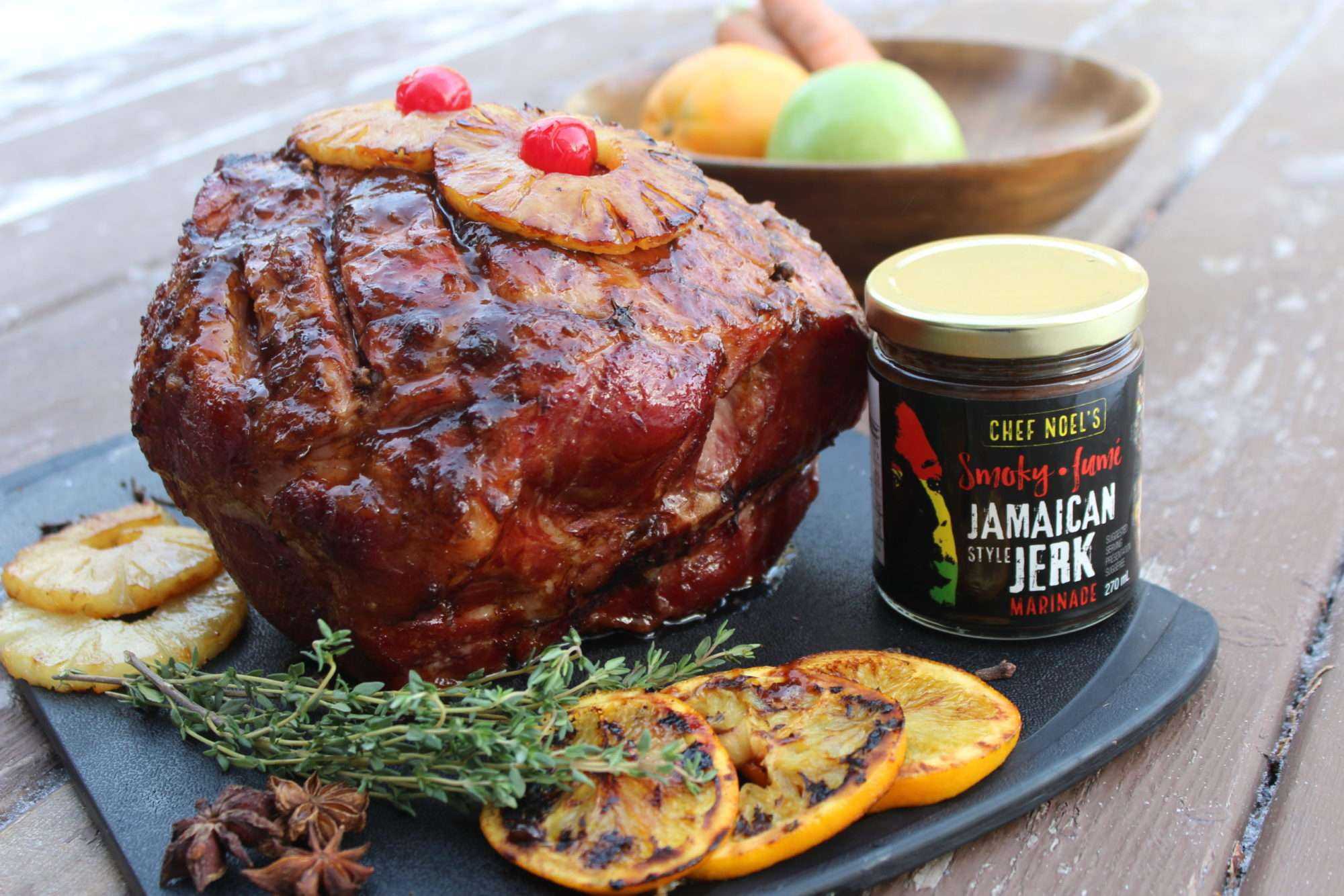BY NOEL CUNNINGHAM
Ham is a staple and the primary food for dinner during religious holidays. This tradition dates back to the days before Christ, the Christmas ham has long held center place on the Yule Tide table.
The Christmas ham is also known as the Yule ham. This comes from an English tradition. You are probably familiar with the image of a boar with an apple in its mouth, laid out on the table. Well, the Yule ham is similar. It is said that the tradition started with the Germans, who wanted to appease the god Freyr. Freyr was the god of fertility, harvest, and boars. This was a pagan tradition, and paganism also offered many traditions for Christianity, including Christmas trees. Following Christ’s death and the conversion of many pagans to Christianity, the meal became linked to St. Stephen, whose traditional feast day is December 26th. The convergence of the two traditions gave rise to what we now refer to as Christmas ham and so, the tradition of the Christmas ham was born!
What you need to know about choosing the perfect ham
Before we get into particulars, let’s sort out what cut of meat a ham is. Ham comes from the rear leg of the pig and is then salted and dried or smoked. A whole ham can weigh 15-20 pounds and can serve up to 30 people. Unless you’re feeding a large crowd (or want a lot of leftovers), chances are you don’t need to purchase an entire ham. Instead, look for the shank or the butt end. For a traditional Christmas, Easter or Thanksgiving ham, go for the shank (leg portion). The shank end sports that classic ham profile, so it’s a good choice for a picture-perfect table. The meat tends to be fattier and it has one long bone, which makes carving easier.
Ham can be prepared in numerous ways, but for the traditional Christmas ham, you’ll want one that’s been cured with brine, then smoked and fully cooked. These are called city hams, as opposed to uncooked country hams, which are cured by rubbing the meat directly with salt and sugar. Pretty much all the cooked hams you see in the supermarket are going to be city hams.
The two highest grades of ham are sold as either whole or halves. For up to 15 people, a half-ham is sufficient.
The butt half is the upper part of the ham. The meat tends to be very tender and flavorful, but it often contains part of the hip bone, which makes carving a little awkward.
The shank half is the lower part of the ham. It’s easier to carve, but because the muscles in this region get more exercise, this cut is tougher and chewier.
Now that you have learnt about the history, the cuts and type of ham here is your chance to prepare your ham for your friends and family.
This ham is baked and glazed with my signature jerk marinade but you can use your special blend or store bought, I’ve also added Coca-Cola and honey for a touch of sweetness. Spice up your Christmas with this recipe; you will fall in love with this sweet and spicy ham glaze.
Ingredients
- 6 lb Smoked ham leg bone in
- 2 tbsp Chef Noel’s smoky jerk marinade
- Cloves
Glaze Ingredients
- ¼ cup honey
- 1 cup Coca-Cola
- 1tsp brown sugar
- 2 tsp cornstarch mixed in water
- 1 tsp ginger powder
- Salt to taste
Directions
- Preheat the oven 350F
- Remove all packaging materials including mesh. On rack in a shallow roasting pan add 3 cups water to a pan and cover tightly with aluminium foil and steam for 45 minutes. Heat 20 to 25 minutes per pound.
- Remove skin and excess fat. Use a sharp knife, cut slits in a cross-check pattern. Make sure to go deep enough that you not only cut the fat but also slice into the meat as well.
- Rub with 2 tbsp. jerk marinade and put to roast for 15 minutes. In a medium saucepan over low heat Add all glaze ingredients, once combine remove ham from oven and coat with some of the glazes. Return from oven and bake for an additional 10 minutes. Garnish and serve.
Merry Christmas to you and yours see you in 2020 for more food and culinary conversation.

